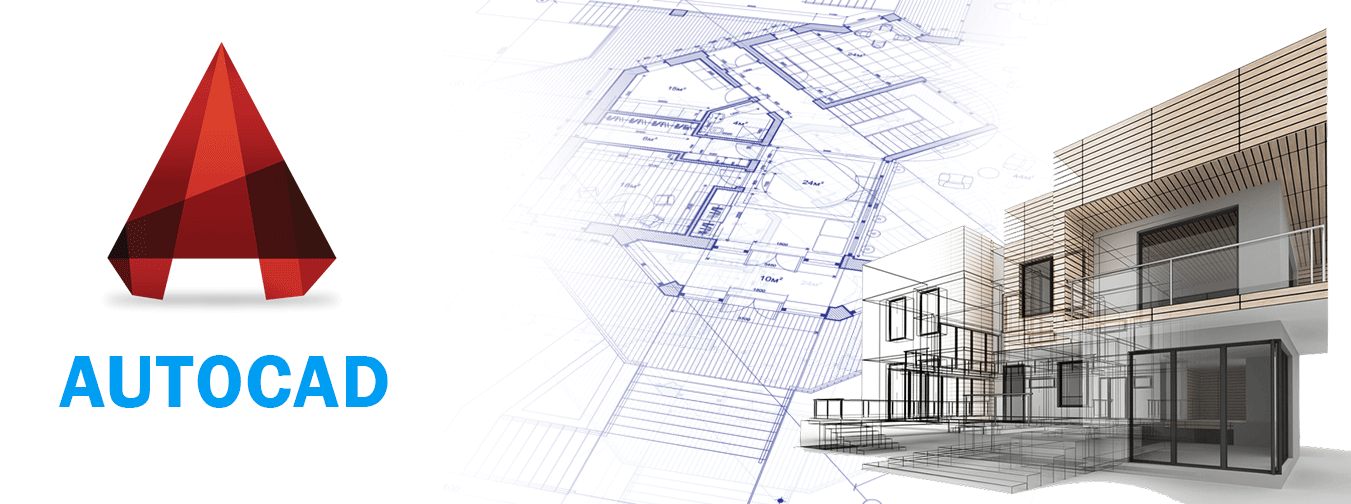Introducing the AutoCAD Course at NIML Mansehra, designed to equip students with the skills and knowledge necessary to create precise and detailed technical drawings using AutoCAD software. This course emphasizes both theoretical understanding and practical application, preparing students for a successful career in drafting and design.
Course Overview:
This comprehensive program covers the essential aspects of AutoCAD, from foundational principles to advanced techniques. Students will engage in hands-on projects, utilizing industry-standard tools to produce accurate and professional drawings.
Course Duration Options:
- 3-Month Intensive Program: Designed for individuals seeking a rapid introduction to AutoCAD, this program focuses on core concepts and essential skills, enabling students to produce basic technical drawings confidently.
- 6-Month Comprehensive Program: This extended course offers an in-depth exploration of AutoCAD, allowing students to master advanced techniques, undertake complex projects, and develop a robust portfolio.
Key Learning Outcomes:
3-Month Intensive Program:
- Introduction to AutoCAD: Understand the basics of AutoCAD software, including the interface, navigation, and fundamental drawing tools.
- Basic Drawing Commands: Learn to create and modify basic geometric shapes such as lines, circles, and rectangles.
- Precision Drawing Techniques: Implement precision tools like object snaps, polar tracking, and coordinate entry to ensure accuracy in drawings.
- Layer Management: Organize drawing elements using layers to enhance clarity and manageability.
- Text and Dimensioning: Add textual annotations and dimensions to drawings to convey necessary information effectively.
- Plotting and Printing: Prepare drawings for printing by setting up layouts, scaling, and plotting to scale.
6-Month Comprehensive Program:
- Advanced Drawing Techniques: Explore advanced drawing tools and methods to create complex shapes and designs.
- Block Creation and Management: Learn to create and insert reusable blocks to streamline drawing processes.
- External References (Xrefs): Utilize external references to manage large projects and collaborate effectively.
- 3D Modeling Basics: Introduction to 3D modeling concepts, including creating and modifying 3D objects.
- Rendering and Visualization: Apply materials, lighting, and rendering techniques to produce realistic visualizations of designs.
- Project Management: Develop skills in managing drawing files, including referencing, version control, and collaboration.
- Capstone Project: Complete a comprehensive project that integrates all learned skills, demonstrating proficiency in AutoCAD.
Who Should Enroll:
This course is ideal for aspiring drafters, designers, architects, engineers, and individuals seeking to enhance their skills in technical drawing and design.
Prerequisites:
Basic computer literacy is recommended. No prior experience with AutoCAD is required.
.


